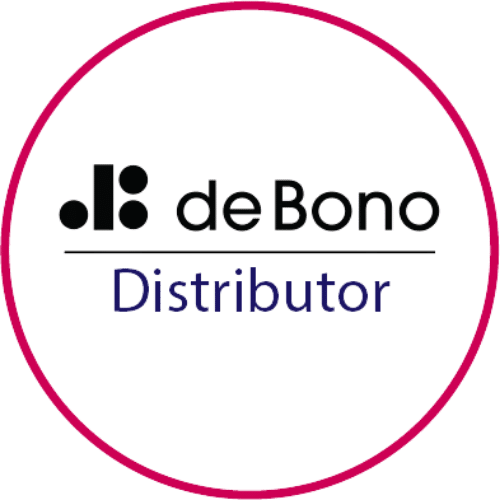Verbal communication is more than speaking out loud. There are several types of verbal communication. And it’s important to have the right skills to be effective in each.
What are the types of verbal communication in business?
Intrapersonal
Let’s start with intrapersonal verbal communication. You might be surprised to know that your own thoughts are a type of verbal communication. Even when alone, you send and receive messages, juggling the positions of sender and recipient. Often the best ideas come when you are driving, gardening, walking the dog perhaps because you give yourself the time and space to let your thoughts run wild. There’s no one to comment or criticise your crazy suggestions, allowing you to come to a well-considered conclusion or plan of action. Develop your creativity and thinking skills to make the most of your ‘me time’.
One-to-One
Then of course there is one-to-one verbal communication. This could be anything from a structured interview situation to that chance meeting with the MD as you head back from lunch. This could be your one chance to make a great impression. You need to be succinct, coherent and speak with impact. You won’t get your message heard if you are tongue tied or star struck. Speaking with clarity, brevity and impact is a skill that not all of us have as part of our natural toolkit. Fortunately it’s an easy skill to learn.
Small Groups
This leads on to verbal communication in small groups. For most of us in a workplace, this means team meetings, planning or idea generation sessions. The ability to think on your feet and speak with clarity, brevity and impact is just as important here. You’re not alone with the MD anymore but you need to their attention to get your voice heard above the noise. Equally we’ve all been in meetings where someone seems to love the sound of their voice a little too much. Don’t let that person be you. You don’t want to be remembered for all the wrong reasons…
Public and large Groups
Lastly, there is public or large group verbal communication. There is still the need for clarity, brevity and impact. But there is also the need to captivate. Your success with a large group depends on the connection you make with them. You might have a super slick presentation ready to go, but unless your audience buys into your personal brand, your call to action will be soon forgotten.
Be confident in your verbal communication.
Easy to say, isn’t it. The truth is though, you don’t always need to be confident. You just need to look and sound the part. That’s where technique comes to the fore. Find what works for you and practise, practise, practise. You’ll soon find that your confidence shines through, even if you’re a bag of nerves in the moments before you speak.
How to improve verbal communication skills.
Sure you can read loads of self-improvement books and watch hours of YouTube for tips on how to improve your speaking skills. But there’s nothing better than developing real-life skills in a safe learning environment from some of the very best trainers in the business. Trainers who genuinely want you to leave their classroom with game-changing skills that will make all the difference to how you interact with your clients, peers and higher ups. Guaranteed.





